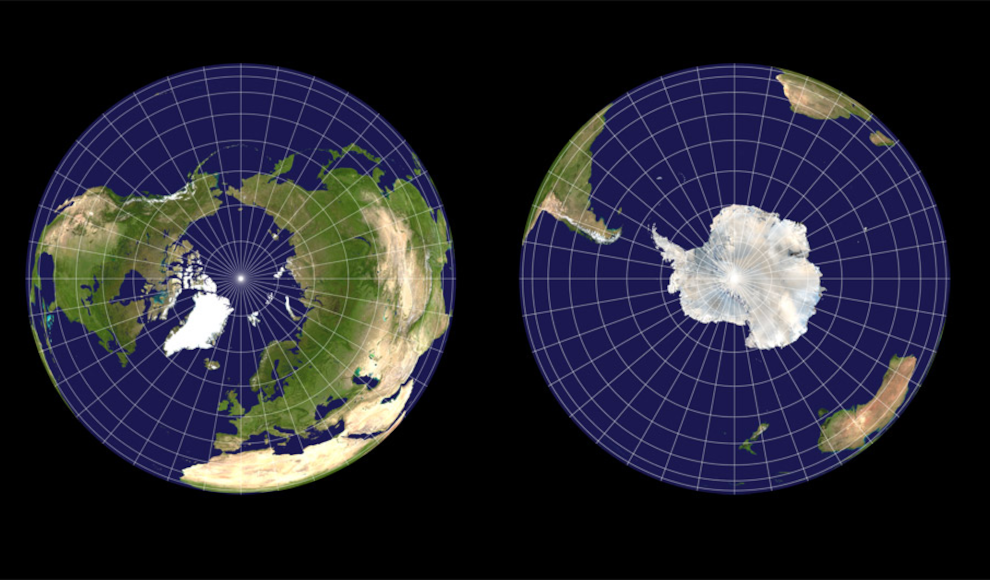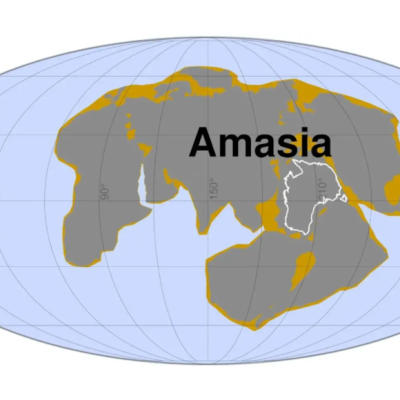Scientists have finally solved the mystery of why the northern and southern hemispheres of the Earth appear equally bright despite the significant differences in their continent distribution. The northern hemisphere has a 60% share of the Earth’s oceans, while the southern hemisphere is covered by over 80% of water. This should make the southern hemisphere appear darker in space photos, as it reflects less sunlight than the brighter land masses of the northern hemisphere. However, both hemispheres appear equally bright from space. This symmetry is surprising due to the large differences in the distribution of continents.
Previous research assumed that this symmetry was primarily caused by cloud distribution. However, models of the Earth without clouds show that the albedo, or reflectivity, of the southern hemisphere is about 10% lower. To investigate this further, scientists analyzed global weather data from the past 70 years and linked it to atmospheric circulation and weather patterns. They found that the southern hemisphere is indeed cloudier, due to more intense and longer-lasting storms over the oceans. These storms create more bright, low-lying clouds, which increase the albedo.
The scientists also observed that storms on the northern hemisphere quickly lose their size and strength once they cross over land, as the ocean surfaces are less extensive. This results in an unequal distribution of mild and intense storms on our planet, with weak cyclones occurring more frequently in the north. In contrast, the southern hemisphere experiences more frequent and stronger cyclones, which occur rarely over northern continents. This asymmetrical distribution of storms affects the albedo, as large areas of dark ocean surfaces in the south are covered by bright storm clouds that reflect more light into space. This compensates for the higher albedo of the lighter land masses in the north.
These findings clarify a fundamental question and deepen our understanding of the Earth’s radiation balance and its influencing factors. The research also highlights the importance of studying the Earth’s weather patterns and their impact on the planet’s overall climate.










